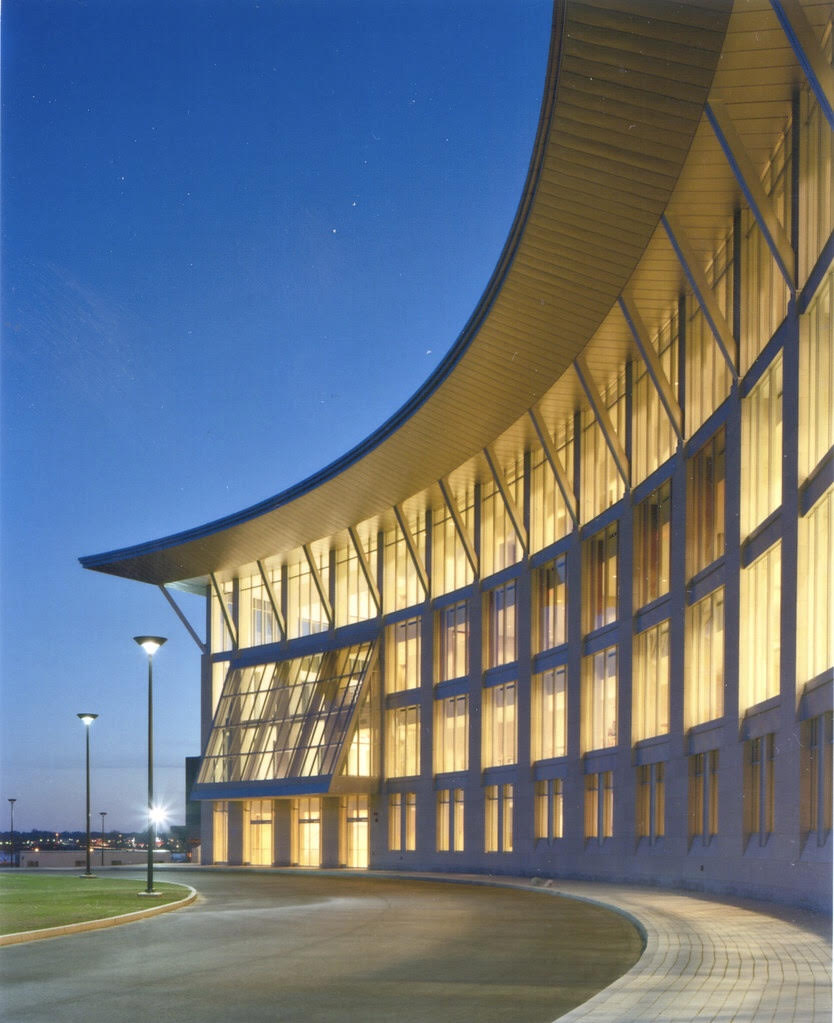
My research interests arose from lived experience as a management student and a Standard and Poor’s credit analyst during the 2008-09 Financial Crisis. Seeing scholars who could lay out in gruesome detail what was transpiring and then watching an organization react to a post-crisis world provided the motivation and foundation for my three streams of research: 1) financialization and organizational design, 2) sensemaking amidst uncertainty, and 3) technology and work design. First, because the Financial Crisis and ensuing Great Recession stemmed from problems with financialization, I wanted to know how financialization could impact the structure of organizations. Second, my own employer, Standard and Poor’s was devastated by both the scope of the crisis and its speed. In rapidly changing environments, our mental models may struggle to keep pace with events as they unfold. This led me to wonder what process organizations can take in order to make sense of and react to highly dynamic situations. Finally, the financial innovations at the core of the crisis were, in part, technological innovations. Rising power and declining cost in computing systems made it possible to run the Monte Carlo simulations and Gaussian copula formulas needed to evaluate and structure large pools of risk. Technological advances also changed both the type of work and the kind of worker needed in investment banks. Physicists and computer scientists all of a sudden had the ideal skills to work in finance. This led me to wonder how technological advances intersect with job and work design. My dissertation is part of this third research stream.
My current research focus lies at the intersection among job and work design, entrepreneurship and technology. As technological shifts happen with greater speed and frequency, technology may potentially require the evolution and redesign of existing jobs. While we know that the design of jobs matters for organizational outcomes, we have incomplete knowledge of the process of how jobs are constructed out of organizational tasks, and know even less about how technology affects that process. To examine these topics, over the past two years I have conducted twostudies.I take task descriptions of jobs from the U.S. Bureau of Labor Statistics and decompose them into underlying task variables using natural language processing methods. This analysis allows me to represent jobs as a stack of tasks, which can then be represented quantitatively, with jobs consisting of a group of latent task variables. Using paired T-tests and exploratory visualizations of these variables, I demonstrate that the underlying task structure of jobs varies over time, that jobs are becoming more diverse in terms of their tasks, and that jobs cluster together in sometimes unexpected groups. In the first study, Some examples of the exploratory visualizations can be seen at the following links Map 1 and Map 2
In the second study, to understand how technology intersects the creation of new jobs, I performed a case study of a commercial cleaning services company whose workers use computer tablet-enabled, guided workflow software. I supplemented this case with interview data from recent entrepreneurs. Using thematic analysis, I uncovered three key findings across the data set. The first is that in contrast to existing literature on the pursuit of entrepreneurial opportunities, all entrepreneurs seem to experience both risk and uncertainty in the forms of market uncertainty, market risk, execution uncertainty, and execution risk. The second is that these aspects of risk and uncertainty make it very challenging to create fixed and formalized jobs until a company’s product and strategy have crystallized. The third is that the technology stack that jobholders use, and the job task stack that jobholders perform, coevolve through a process of on-the-job experimentation.